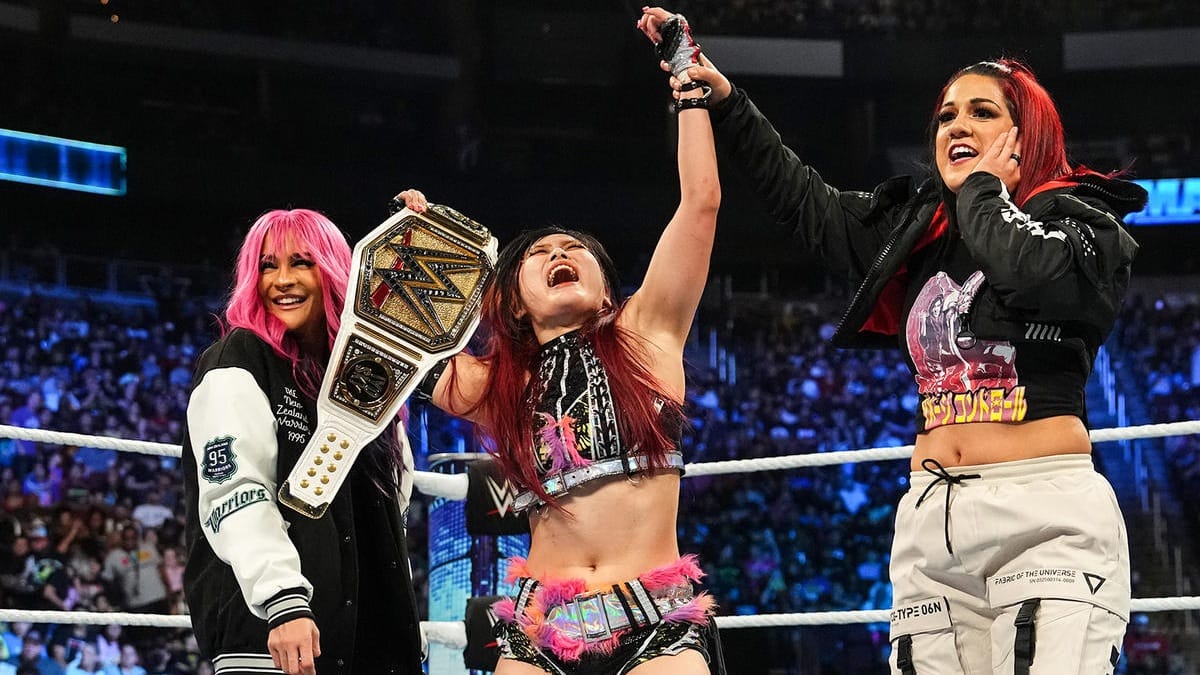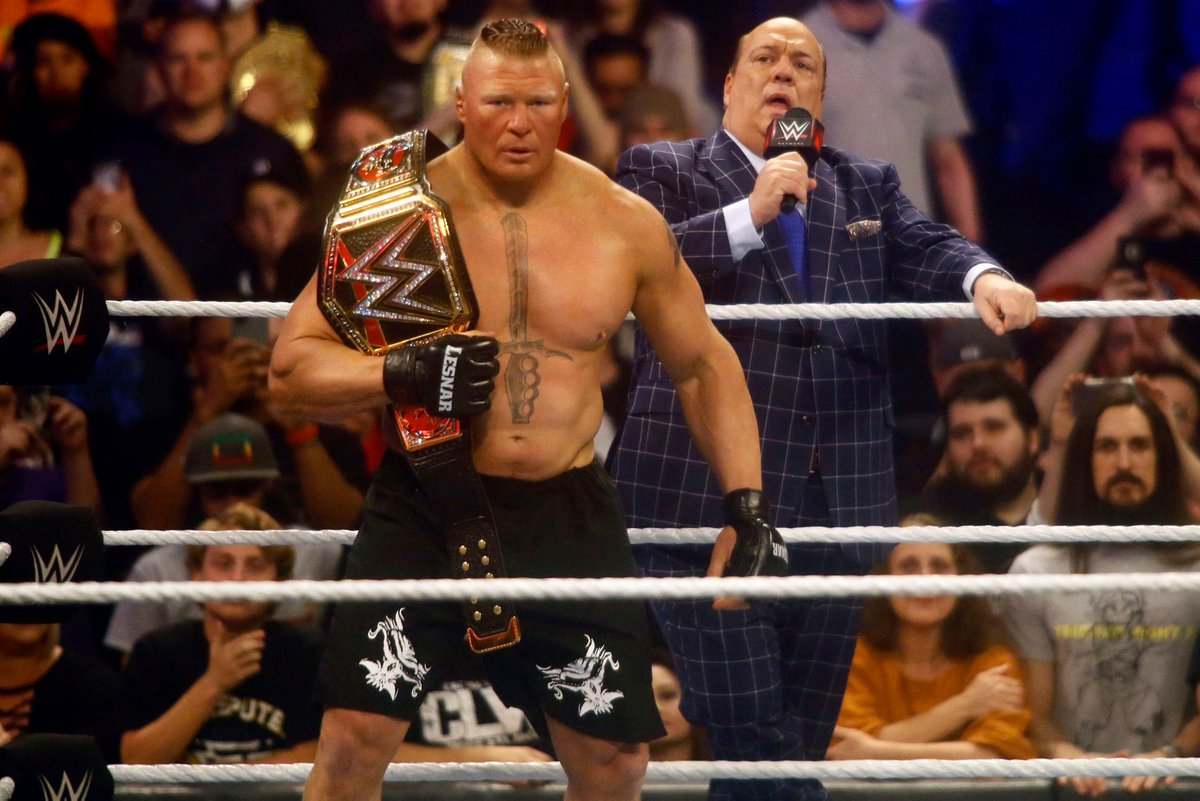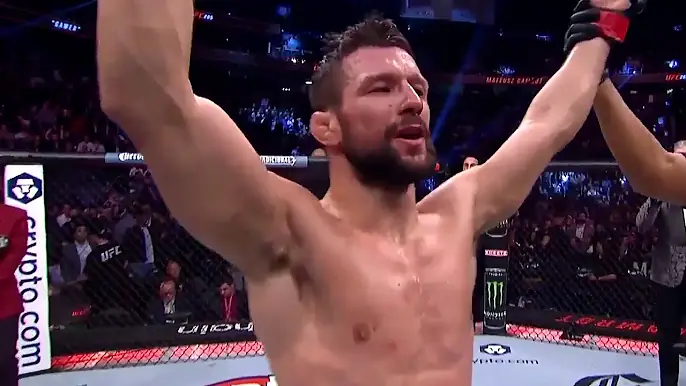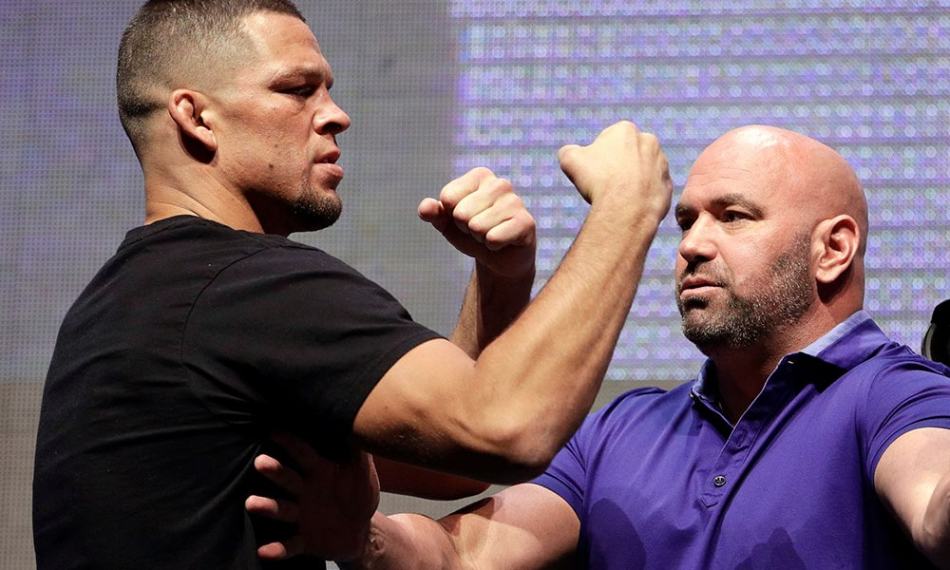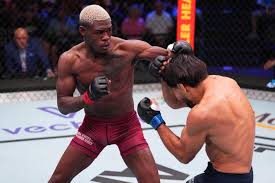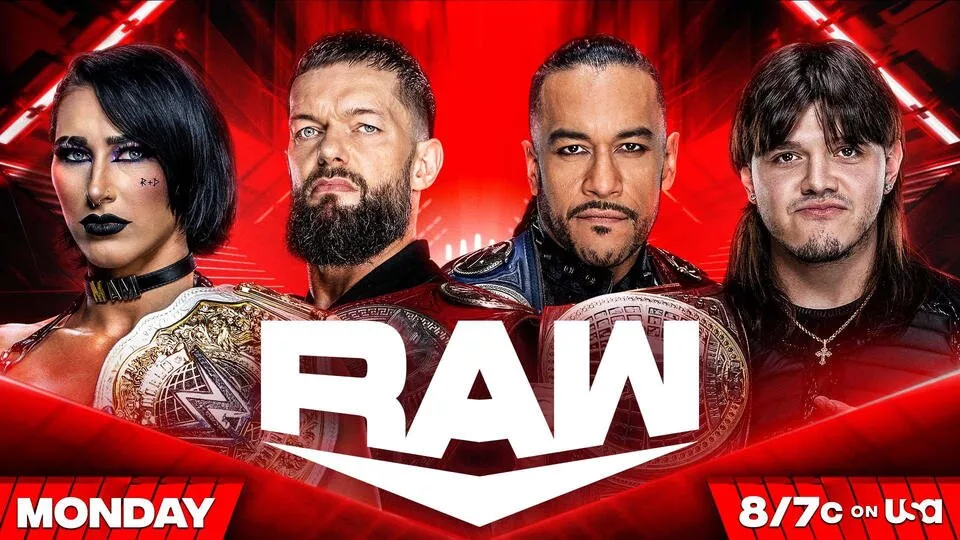All Draw Matches In UFC History
Mixed martial arts (MMA) is a sport known for its fierce battles and decisive outcomes. Fighters step into the cage with the goal of emerging victorious, leaving no room for ambiguity. However, in the world of the UFC (Ultimate Fighting Championship), there are rare instances when neither fighter’s hand is raised in victory. Instead, the judges deliver a verdict that disappoints both fans and fighters alike: a draw. In this article, we dive into the world of UFC draws, examining the types of draws, the historical context, and what follows after these unique outcomes.
Can you draw in the UFC?
In a sport designed to produce clear winners, drawing in the UFC is indeed possible, albeit rarely. The rules and scoring systems in MMA aim to avoid such outcomes, but certain circumstances can lead to a draw.
One factor that can result in a draw is the scoring of rounds by judges. Typically, judges are encouraged to choose a winner for each round, even when the competition is closely matched. Moreover, UFC fights consist of an odd number of rounds, ensuring that a winner is often determined.
However, draws can occur when one or more rounds are scored 10-8 due to dominance. While a standard round is typically scored 10-9 in favour of one fighter, judges have the discretion to award a 10-8 score for a particularly dominant round.
For instance, if Fighter ‘X’ overwhelmingly dominates the first round with a 10-8 score, but Fighter ‘Y’ makes a comeback by winning the second and third rounds with a 10-9 score, the result is a 28-28 draw.
Another scenario leading to draws is point deductions. If a fighter commits offences deemed punishable by the referee, such as illegal strikes, they may have points deducted, potentially resulting in a draw.
Types of UFC Draws
UFC draws come in three varieties, each with its own unique characteristics:
- Unanimous Draw: A unanimous draw occurs when all three judges agree that the fight ended in a draw. While rare, it emphasises the evenly matched nature of the bout.
- Majority Draw: In a majority draw, two of the three judges call the fight a draw, while the third judge favours one fighter over the other. The majority vote prevails, leading to a draw verdict.
- Split Draw: A split draw is perhaps the most common type of draw in the UFC. It occurs when one judge scores the bout in favour of Fighter ‘A,’ another judge supports Fighter ‘B,’ and the third judge declares it a draw. With three different scorecards, a stalemate is the result.
How many draws have there been in UFC history?
As of March 2023, there have been 50 UFC fights that ended in a draw. This count excludes time limit draws that occurred during the UFC’s earlier days, before the introduction of the modern scoring system. The very first draw in UFC history took place at UFC 41 in February 2003, in a lightweight bout between B.J. Penn and Caol Uno.
Here is the full list of UFC draws following the adoption of the modern scoring system:
[Table showing fighter names, event, date, division, and draw type]
UFC Title Fight Draws
Title fights in the UFC are often the pinnacle of the sport, where champions put their belts on the line against worthy challengers. However, on rare occasions, even title fights end in draws, leaving fans and fighters with mixed emotions. There have been five UFC title fights that resulted in draws, either leading to a vacant title or allowing the champion to retain it in a less convincing manner.
[Table showing fighter names, event, date, division, and draw type for UFC title fight draws]
B.J. Penn vs. Caol Uno, UFC 41, February 28, 2003
The lightweight division in the UFC had a challenging start, and this was evident at UFC 41. B.J. Penn faced Caol Uno in what was expected to culminate in the crowning of a new champion. However, even though Penn’s performance appeared dominant to many, only one judge scored the bout in his favour, while another favoured Uno. The third judge delivered a perplexing score of 48-48, resulting in a draw. This outcome put the lightweight division on hold, and a rematch never materialised.
Frankie Edgar vs. Grey Maynard, UFC 125, January 1, 2011
Frankie Edgar entered UFC 125 as the reigning lightweight champion, but it was this memorable draw that solidified his status as a legendary fighter. The first round saw Grey Maynard unleash a relentless onslaught on Edgar, with one judge even scoring it 10-7 in favour of Maynard. However, Edgar rebounded impressively in the following rounds, nearly finishing his challenger. Ultimately, the fight ended in a draw, leaving the judges with a challenging decision. The two fighters had a memorable rematch later that year, with Edgar securing a TKO victory in the fourth round.
Tyron Woodley vs. Stephen Thompson, UFC 205, November 12, 2016
At UFC 205, Tyron Woodley and Stephen Thompson engaged in a captivating welterweight title fight. Woodley nearly secured a submission victory and arguably won the fourth round with a 10-8 score. However, Thompson’s performance in the other rounds led to two judges calling it a draw, while the third gave Woodley the win. A rematch was inevitable, but it failed to live up to the excitement of their initial encounter, with Woodley winning by majority decision.
Deiveson Figueiredo vs. Brandon Moreno, UFC 256, December 12, 2020
Deiveson Figueiredo and Brandon Moreno engaged in a rivalry that spanned multiple fights, making history as the first fighters to meet four times in the UFC octagon. Their first encounter at UFC 256 ended in a majority draw, with only one judge scoring the fight in favour of Figueiredo. This set the stage for an ongoing battle, with Moreno winning the rematch and Figueiredo responding with a victory in the trilogy. The fourth fight ended in a doctor’s stoppage, leaving the door open for a potential fifth showdown.
Jan Blachowicz vs. Magomed Ankalaev, UFC 282, December 10, 2022
Title fights are typically the most anticipated matchups in the UFC, but this light heavyweight title bout ended in an unsatisfying draw. After a less-than-thrilling contest, Blachowicz and Ankalaev could not secure a decisive win. Rather than immediately scheduling a rematch, the UFC opted to award the title to the winner of the Glover Teixeira vs. Jamahal Hill bout, much to the chagrin of both Blachowicz and Ankalaev.
What Happens If There is a Draw in the UFC?
When a UFC fight ends in a draw, the organisation often arranges a rematch between the two fighters, especially if a title is at stake. However, this is not a strict rule but rather a customary practice. The UFC has the discretion to forego a rematch in favour of more compelling scenarios, especially if the initial fight was unremarkable or if other contenders have emerged in the division.
In the world of UFC, draws are infrequent but not impossible. These unique outcomes remind us that even in a sport where victory is typically black and white, shades of grey can emerge. UFC draws come in various forms, from unanimous to split, and even title fights are not immune to these results.
While fighters and fans alike hope for decisive victories, draws in the UFC add an element of unpredictability and controversy to the sport. They serve as a testament to the close competition and skill level of fighters in the organisation.
As we’ve explored, the UFC has had its fair share of draws, with some occurring in high-stakes title fights. The aftermath of a draw often involves discussions, debates, and, in many cases, a rematch to determine a clear winner.
While a draw may leave both fighters without a win on their records, it can also create memorable moments and rivalries that define an era of MMA. As the UFC continues to evolve, so too will the occasional draws that punctuate its history.




